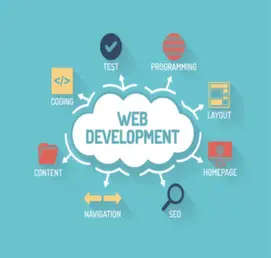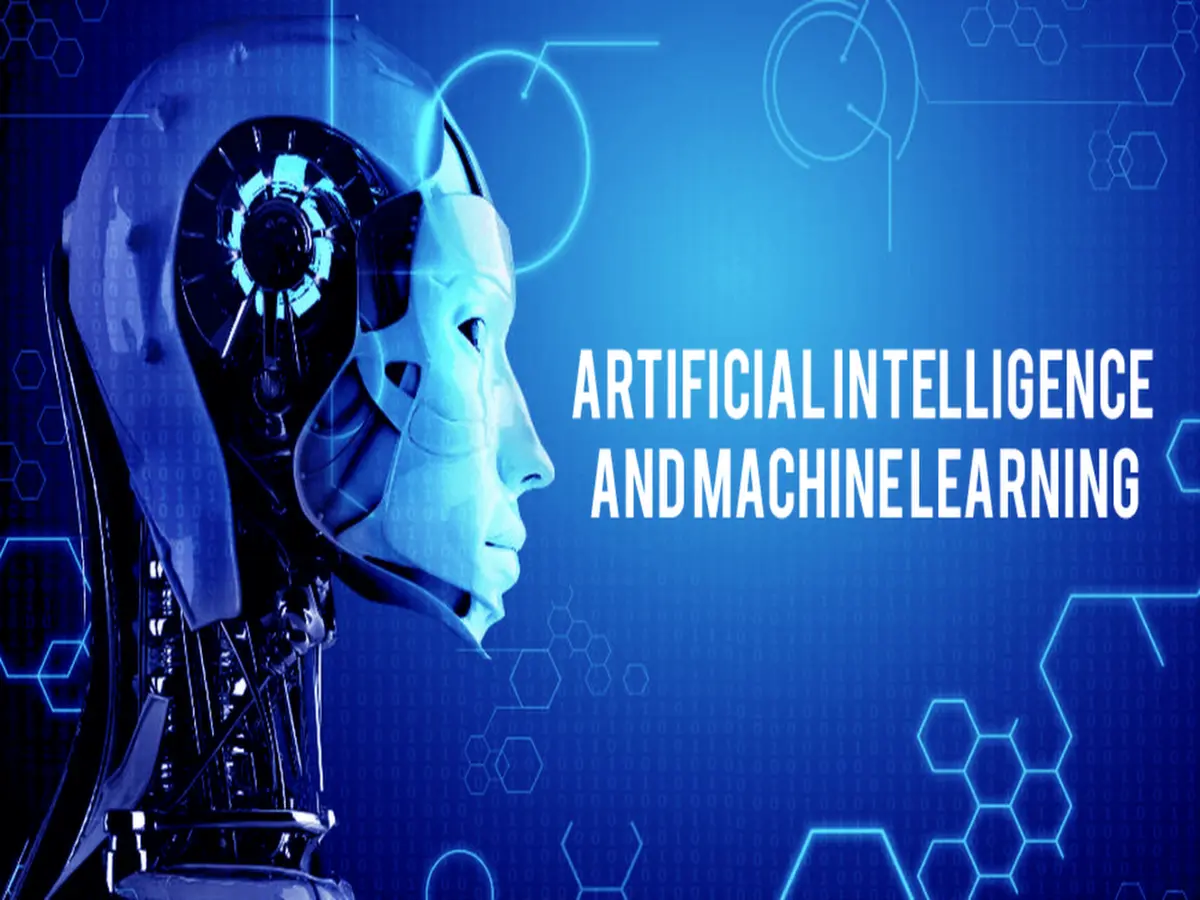Web Development Roadmap 2025: What to Learn and Where to Focus
Whether you’re a beginner just starting your journey or an experienced developer looking to stay ahead of the curve, this Web Development Roadmap for 2025 will guide you through the skills, tools, and trends you need to focus on

Web Development Roadmap 2025:
The world of web development is constantly evolving, with new technologies, frameworks, and tools emerging every year. It’s clear that the web development landscape will continue to change, offering exciting opportunities for developers and businesses alike. Whether you’re a beginner just starting your journey or an experienced developer looking to stay ahead of the curve, this Web Development Roadmap for 2025 will guide you through the skills, tools, and trends you need to focus on. Plus, I’ll share how I, Muyinda Brian, can help you navigate this ever-changing field.
Why a Web Development Roadmap Matters
A roadmap is essential for anyone looking to succeed in web development. It helps you:
-
Stay Updated: The tech industry moves fast, and staying updated is crucial to remain competitive.
-
Focus on Relevant Skills: With so many tools and technologies available, a roadmap helps you prioritize what to learn.
-
Plan Your Career: Whether you’re freelancing, working for a company, or building your own projects, a roadmap helps you set clear goals.
-
Adapt to Trends: By understanding future trends, you can position yourself as a forward-thinking developer.

Caption: A roadmap helps you stay focused and prepared for the future of web development.
Key Trends Shaping Web Development in 2025
Before diving into the roadmap, let’s explore the key trends that will shape web development in 2025:
1. Artificial Intelligence (AI) and Machine Learning (ML)
AI and ML are no longer buzzwords—they’re becoming integral to web development. From chatbots to personalized user experiences, AI-powered features will dominate websites and applications.
Example: AI-driven recommendation engines on e-commerce sites or voice search optimization.
2. Progressive Web Apps (PWAs)
PWAs combine the best of web and mobile apps, offering fast, reliable, and engaging experiences. They’re expected to become the standard for web development by 2025.
Example: A PWA for a news website that works offline and loads instantly.
3. WebAssembly (Wasm)
WebAssembly allows developers to run high-performance applications directly in the browser. It’s ideal for gaming, video editing, and other resource-intensive tasks.
Example: A photo editing tool that runs seamlessly in the browser without requiring heavy downloads.
4. Voice Search Optimization
With the rise of voice assistants like Alexa and Google Assistant, optimizing websites for voice search will become essential.
Example: A local restaurant optimizing its website for queries like “Find the best pizza near me.”
5. Blockchain Integration
Blockchain technology is making its way into web development, enabling secure transactions, decentralized apps (DApps), and smart contracts.
Example: An e-commerce platform using blockchain for secure, transparent payments.
6. Low-Code and No-Code Development
Low-code and no-code platforms are empowering non-developers to create websites and applications. While these tools won’t replace developers, they’ll change how we approach web development.
Example: A small business owner creating a website using a no-code platform like Webflow.
Web Development Roadmap for 2025
Now that we’ve covered the trends, let’s dive into the Web Development Roadmap for 2025. This roadmap is divided into three stages: Beginner, Intermediate, and Advanced.
Stage 1: Beginner (Foundations)
If you’re just starting your web development journey, focus on mastering the basics:
1. HTML and CSS
- Learn the structure of web pages with HTML.
- Style your pages with CSS, including Flexbox and Grid.
Example: Build a simple portfolio website using HTML and CSS.
2. JavaScript
- Learn the fundamentals of JavaScript, including variables, functions, and DOM manipulation.
- Explore ES6+ features like arrow functions and destructuring.
Example: Create an interactive to-do list app.
3. Version Control (Git)
- Learn how to use Git for version control and collaborate with others.
Example: Push your projects to GitHub and contribute to open-source projects.
4. Responsive Design
- Learn how to create websites that work on all devices using media queries and responsive frameworks like Bootstrap.
Example: Build a responsive landing page.
Stage 2: Intermediate (Specialization)
Once you’ve mastered the basics, it’s time to specialize:
1. Frontend Development
- Learn a frontend framework like React, Vue.js, or Angular.
- Explore state management tools like Redux or Vuex.
Example: Build a single-page application (SPA) using React.
2. Backend Development
- Learn a backend language like Node.js, Python, or Ruby.
- Explore databases like MongoDB or PostgreSQL.
Example: Create a REST API for a blog application.
3. Full-Stack Development
- Combine your frontend and backend skills to build full-stack applications.
- Learn deployment tools like Heroku or Netlify.
Example: Build a full-stack e-commerce website.
4. Web Performance Optimization
- Learn how to optimize your website for speed and performance.
- Explore tools like Lighthouse and Webpack.
Example: Optimize a website to achieve a perfect Lighthouse score.
Stage 3: Advanced (Future-Proofing)
To stay ahead in 2025, focus on these advanced skills:
1. AI and ML Integration
- Learn how to integrate AI and ML into your web applications.
- Explore tools like TensorFlow.js and OpenAI API.
Example: Build a chatbot for a customer support website.
2. Progressive Web Apps (PWAs)
- Learn how to build PWAs that work offline and load instantly.
- Explore service workers and caching strategies.
Example: Convert a traditional website into a PWA.
3. WebAssembly (Wasm)
- Learn how to use WebAssembly to build high-performance web applications.
- Explore languages like Rust and C++ for Wasm.
Example: Build a browser-based game using WebAssembly.
4. Blockchain Development
- Learn how to integrate blockchain technology into your web applications.
- Explore platforms like Ethereum and Solana.
Example: Build a decentralized app (DApp) for secure voting.
How I Can Help You Navigate the Roadmap
As an experienced web developer, I can help you navigate this roadmap and achieve your goals. Here’s what I offer:
1. Personalized Guidance
I’ll help you create a personalized learning plan based on your goals and skill level.
2. Hands-On Projects
I’ll guide you through hands-on projects to apply what you’ve learned.
3. Mentorship and Support
I’ll provide ongoing mentorship and support to help you overcome challenges.
4. Cutting-Edge Skills
I’ll teach you the latest tools and technologies to future-proof your career.
Let’s Build the Future Together!
Ready to take your web development skills to the next level? Contact me today to discuss your goals and get started on your journey.
📧 Email: info@muyindabrian.com 📞 Phone: +256751055947 🌐 Portfolio: myportfolio

Caption: A roadmap helps you stay focused and prepared for the future of web development.

Caption: AI and ML are shaping the future of web development.

Caption: Blockchain is revolutionizing web development with secure, decentralized solutions.
Don’t wait—start building your future today!


